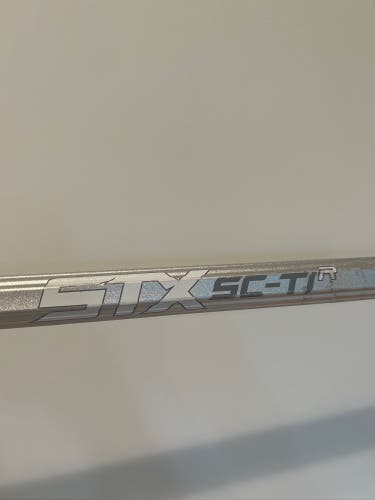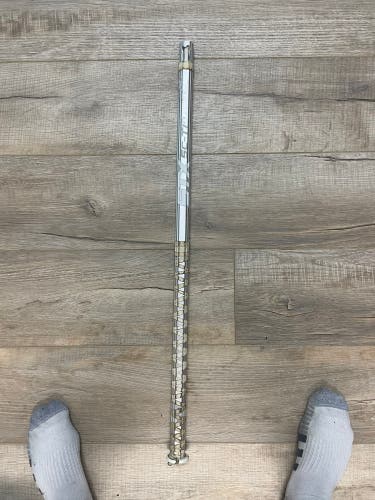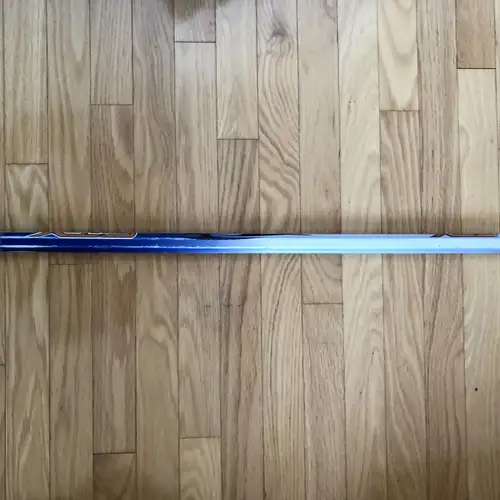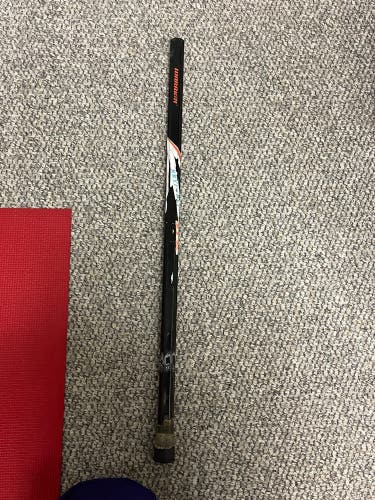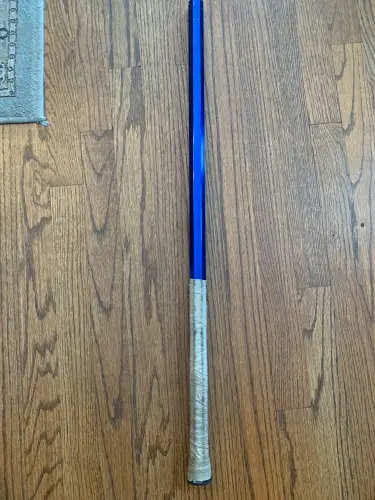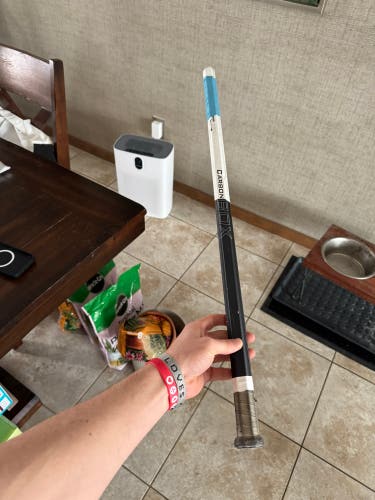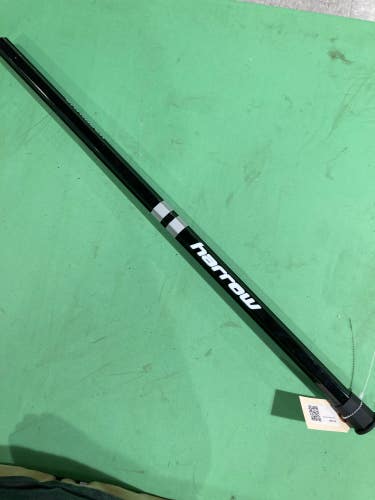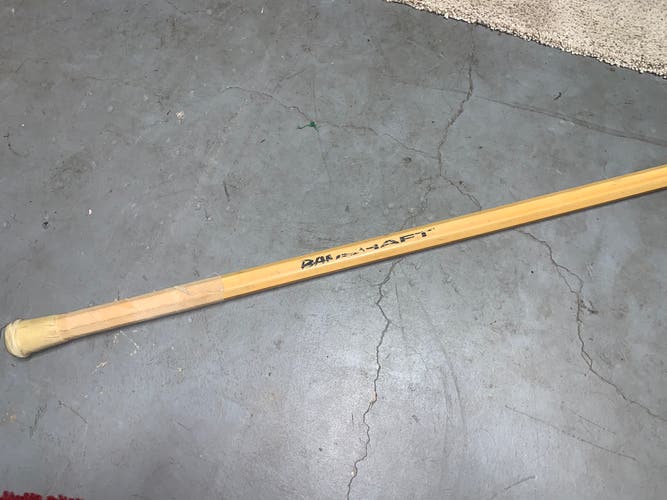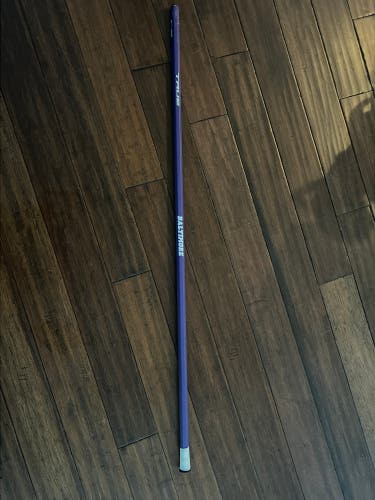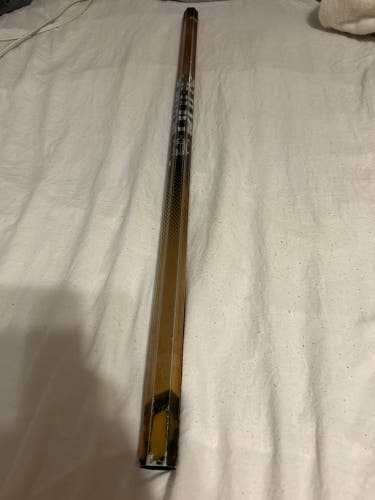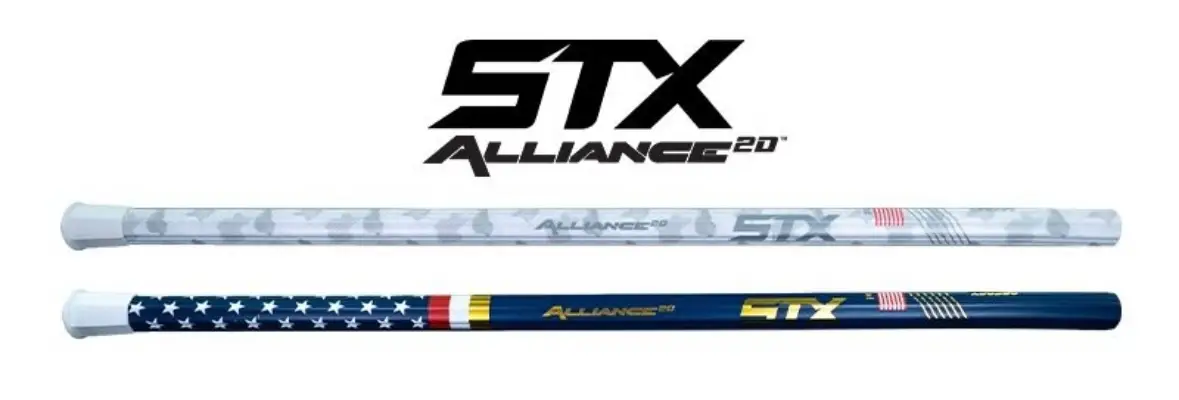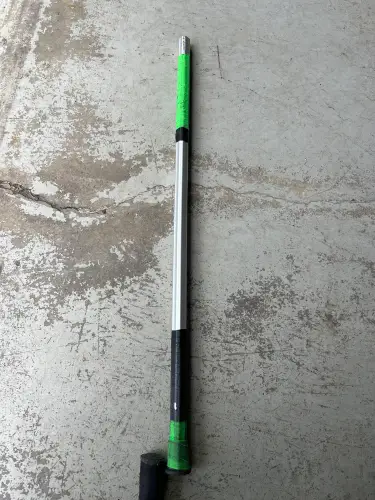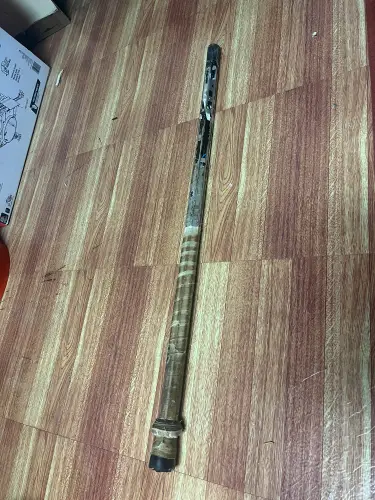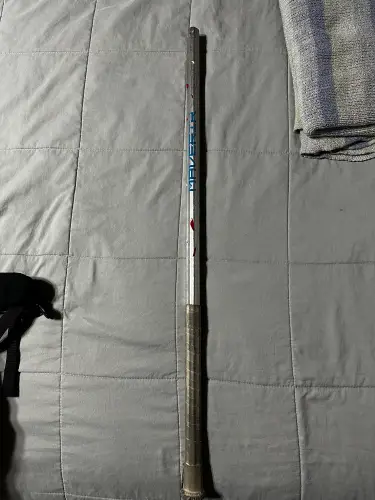| Material |
Pros |
Cons |
Best For: |
| Aluminum |
Affordable, durable, and provides a traditional feel. |
Heavier than other materials, can be less responsive |
Youth players, budget-conscious players, and defensive players who prioritize durability. |
| Alloy |
Combination of metals for a balance of strength and weight. |
Can be heavier than carbon fiber shafts. |
Defensive players and players who prefer a traditional feel. |
| Carbon Fiber |
Lightweight, flexible, and provides excellent feel and control. |
Can be more fragile than metal shafts. |
Offensive players and midfielders who prioritize speed and agility. |
| Scandium Alloy |
Extremely lightweight and strong, offering a great strength-to-weight ratio. |
More expensive than other materials. |
Elite players who demand the best performance and are willing to pay a premium. |
| Hybrid |
Combines the best of both worlds, offering a balance of strength, weight, and flexibility. |
Can be more expensive than traditional materials. |
Players who want a versatile shaft that can handle various playing styles. |

